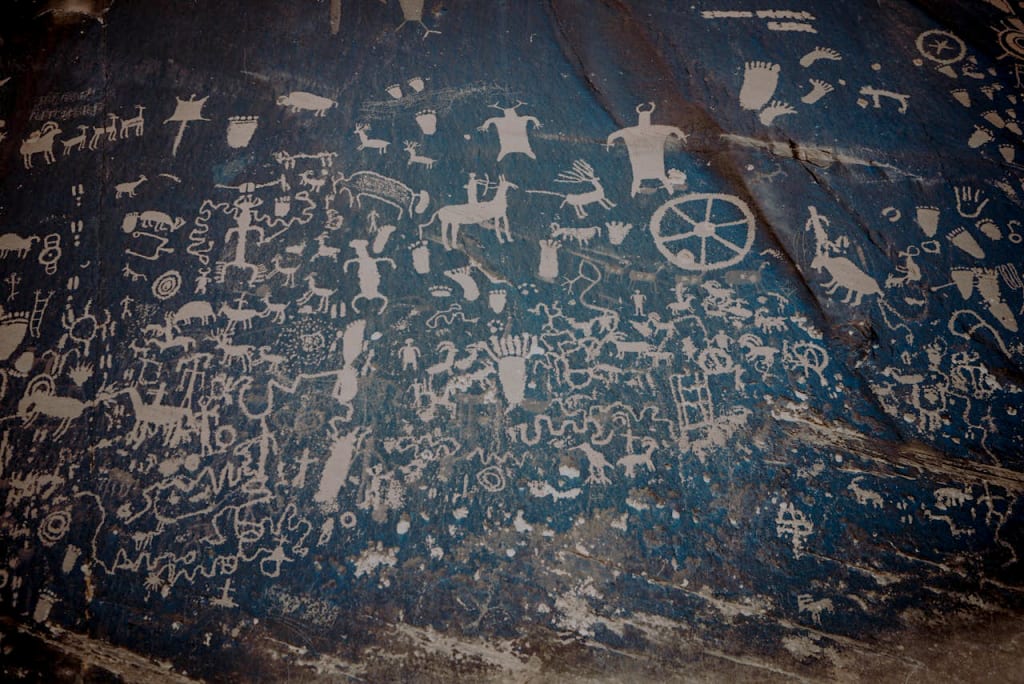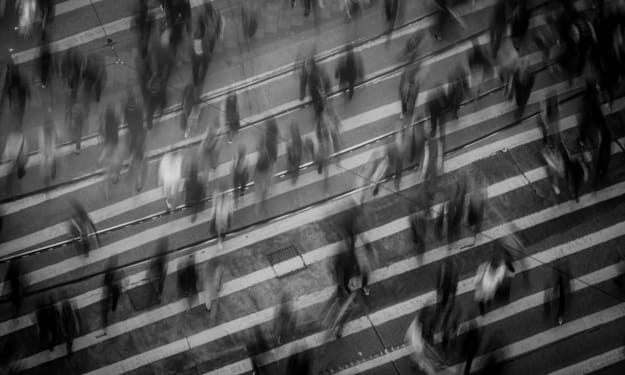Cultural Tapestry
Exploring the Influence of Culture on Intersectional Identity Formation

In the rich tapestry of human existence, culture weaves threads of meaning, identity, and belonging. From traditions and customs to language and symbols, culture shapes the way individuals perceive themselves and others within society. When viewed through the lens of intersectionality, cultural influences play a profound role in shaping the formation of intersecting identities. In this exploration, we delve into the intricate interplay between culture and intersectional identity formation, uncovering the diverse ways in which cultural factors shape individuals' experiences of privilege and oppression.
Understanding Intersectional Identity Formation
Intersectional identity formation refers to the process through which individuals navigate and negotiate their intersecting social identities within the context of their cultural milieu. These identities may include but are not limited to race, ethnicity, gender, sexuality, religion, nationality, and socioeconomic status. Intersectional identity formation is shaped by a myriad of factors, including cultural norms, values, traditions, and representations in media and literature.
Cultural Norms and Expectations
Cultural norms and expectations exert a powerful influence on individuals' sense of identity and belonging. From an early age, individuals are socialized into cultural norms that dictate acceptable behaviors, roles, and identities based on intersecting social categories. For example, traditional gender roles may prescribe different expectations for men and women, influencing how individuals perceive and express their gender identity within their cultural context.
Representation in Media and Literature
Media and literature play a significant role in shaping individuals' perceptions of themselves and others within society. Representation—or lack thereof—in media and literature can have profound implications for intersectional identity formation. When certain groups are underrepresented or misrepresented in mainstream media, it can reinforce stereotypes and erode individuals' sense of self-worth and belonging.
Conversely, positive and authentic representations of diverse intersecting identities can empower individuals to embrace their multifaceted identities and challenge dominant narratives of identity and belonging.
Cultural Diversity and Hybridity
In today's globalized world, individuals are increasingly exposed to diverse cultural influences and experiences. Cultural diversity and hybridity—the blending of multiple cultural influences—play a significant role in shaping intersectional identity formation. Individuals from multicultural backgrounds may navigate complex identities that draw from multiple cultural traditions, languages, and customs.
Moreover, cultural hybridity challenges binary conceptions of identity and belonging, highlighting the fluid and dynamic nature of intersectional identity formation. By embracing cultural diversity and hybridity, individuals can forge unique identities that transcend traditional categories and boundaries.
Historical and Intergenerational Trauma
Cultural influences on intersectional identity formation are also shaped by historical and intergenerational trauma. Marginalized communities that have experienced colonization, slavery, genocide, and other forms of oppression carry collective memories and legacies of trauma that impact their sense of identity and belonging. Historical and intergenerational trauma can manifest in various ways, including feelings of shame, guilt, and internalized oppression.
Conversely, cultural resilience and resistance—the strength and resilience of marginalized communities in the face of adversity—play a crucial role in intersectional identity formation. By reclaiming cultural traditions, languages, and practices, individuals can reaffirm their sense of identity and agency in the face of systemic oppression.
Conclusion
In conclusion, cultural influences are central to intersectional identity formation, shaping individuals' perceptions of themselves and others within society. From cultural norms and representations in media and literature to cultural diversity and hybridity, cultural factors play a profound role in shaping the formation of intersecting identities.
As we navigate the complexities of intersectional identity formation, let us recognize the importance of embracing cultural diversity, challenging stereotypes, and honoring the resilience of marginalized communities. By acknowledging the diverse cultural influences that shape individuals' identities, we can create more inclusive and equitable spaces where all individuals can thrive.
About the Creator
Mohamed Ali
Mohamed Ali is a passionate writer and researcher with a keen interest in exploring the complexities of human behavior and society through the lens of sociology. With a background in sociology and psychology.
Enjoyed the story? Support the Creator.
Subscribe for free to receive all their stories in your feed. You could also pledge your support or give them a one-off tip, letting them know you appreciate their work.






Comments
There are no comments for this story
Be the first to respond and start the conversation.